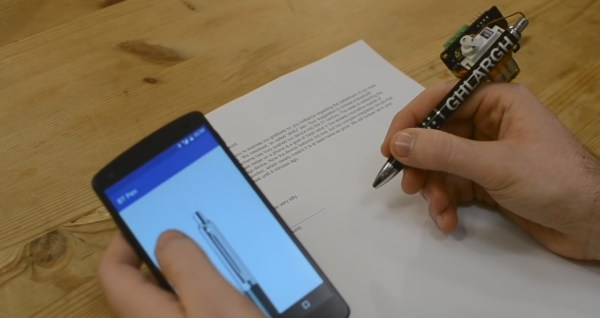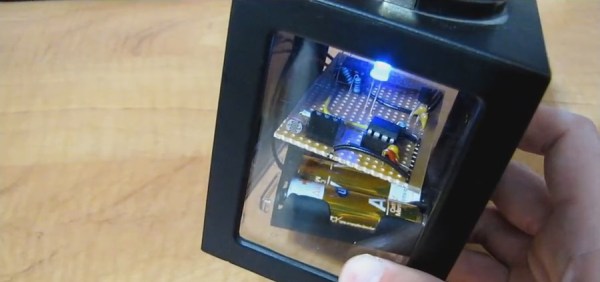8bit Mixtapes are simple Arduino-based sound and beat generators based on ATtiny 84s and 85s and designed fit inside old audio cassettes, or at least be about that size. Founded by [Dusjagr], [Ucok] and [Lyok], and including participants from around the globe, 8bit Mixtapes are small synthesizers that play one-line algorithmic symphonies, simple sound generators that work off of a single line of code.
The project has been going on for a number of years, with several different iterations released over the years–the most recent is the Mixtape NEO, released about a month ago that features audio bootloading and a row of NeoPixel LEDs. It’s well documented and fully open source, with a code repository and wiki. The arty PCBs look great as well!
8bit Mixtapes are a natural project for electronics students to tackle. An ATtiny85 with two pots and two buttons? Pretty simple, and the musical payoff makes it a cinch for one-day workshops. The code simplicity makes it easy to modify the software as well.
Quirky synths are Hackaday’s bag, including one we published previously that controls a hexagonal matrix of LEDs.
















